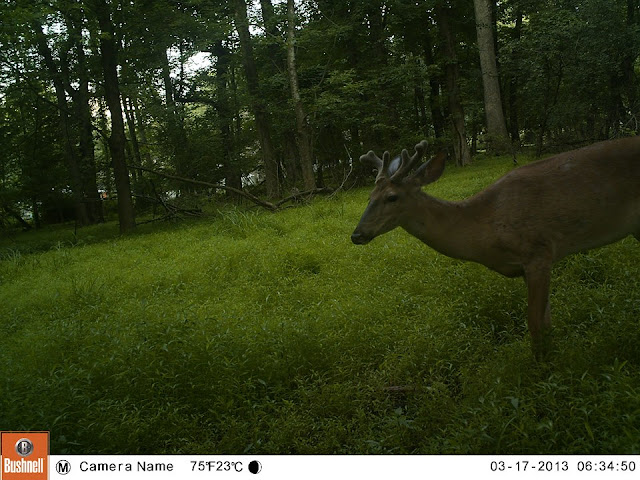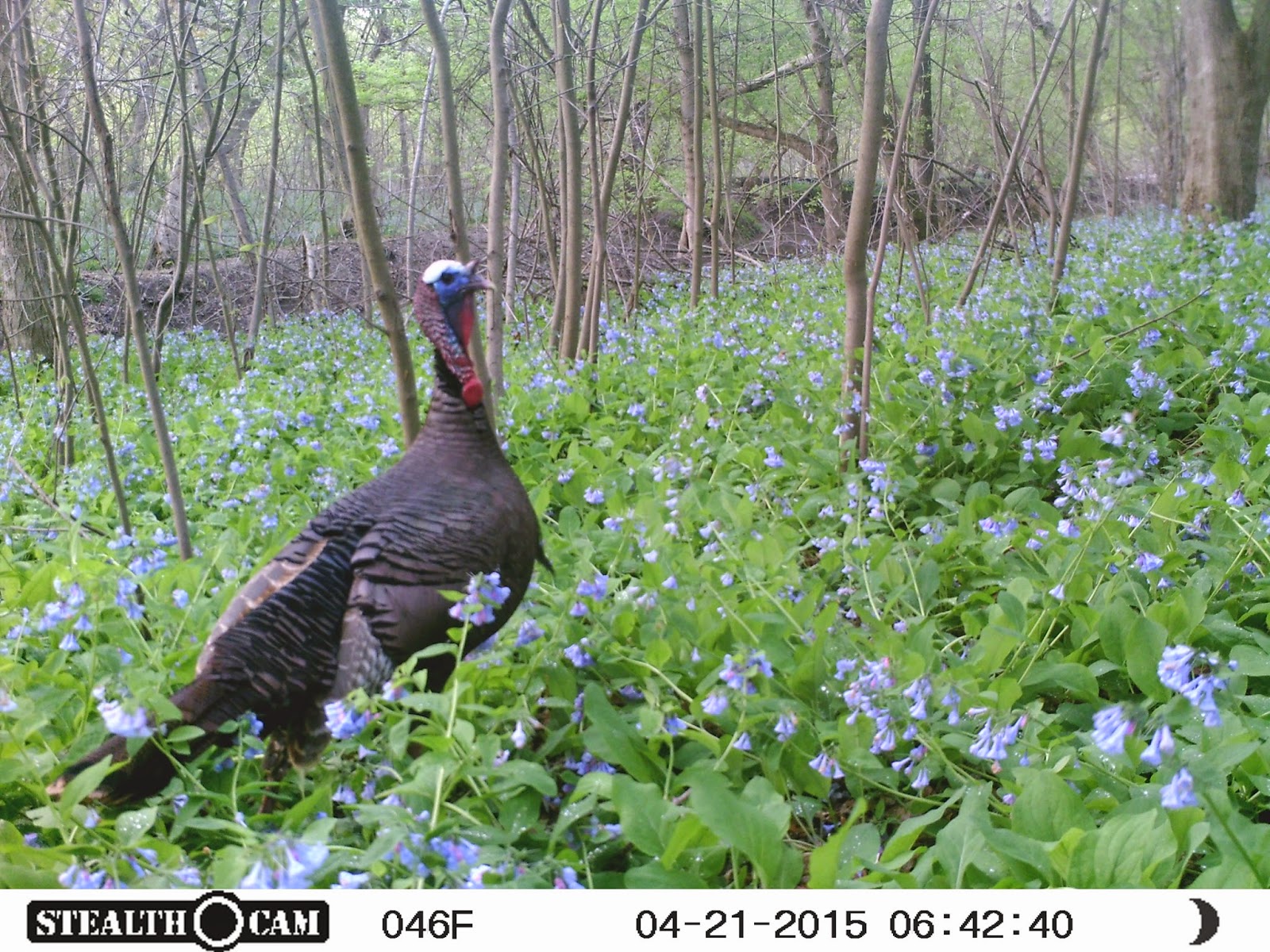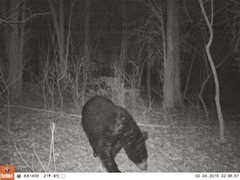One of the joys of being in the wildlife biology and naturalist community is being invited out to other people's projects and seeing what interesting endeavors they've been taking on. It's a great way to network, learn about different species, and of course, enjoy each other's company.
Kerry Wixted, a professional biologist and friend, invited a few people (including some of us Virginians!) out to something really special that she works with a few hours away in Maryland. She does some interesting work with Project Owlnet, a research project that is focused on Northern Saw Whet Owl (and other owl species) information, banding, and data.
I couldn't say "no". Really, this stuff is right in my wheelhouse, and I agreed to come and help her out for a night.
With us, we also had other D.C. area naturalists and biologists, including Natalie Sutton who is a good friend and works with me in Virginia.
Natalie and I arrived at the site after we got off work and the mist nets were already set up. These nets are put up horizontally on vertical poles. A wildlife calling device called a FoxPro is set up near the nets. FoxPros are electronic speakers that people can download wildlife noises and calls onto. Kerry had downloaded an owl call onto this one. The FoxPro and net work in combination with each other and owls fly towards the caller, and eventually into the net.
Net checks are done at certain intervals so that birds are not captured for long at all. The first net check was happening right as Natalie and I arrived. Weather and other abiotic factors can have a big impact on the success or amount of owls captured each night, and for the past few days, it had been really warm for the time of year. We weren't really sure what to expect. The first net check was a successful one though. Kerry had an owl ready to be observed and banded!
The bird was brought back to the banding station and Kerry worked very patiently and diligently to not only get the required data, but to do it in a way that was good for the bird as well. She put a metal band around the bird's foot. This is so that if the bird is captured again in the future, other biologists will know it is a recaptured bird, and they can compare this day's data, with the current data.
Kerry was taking data, as well as explaining to us about what she was doing. A collection of numbers was being jotted down on a paper too. We eventually determined that the bird was a male northern saw-whet owl.
Saw-whet owls are the smallest species of owl native to Maryland. From what I've seen, they only stand about 15-21 centimeters tall, as adults. I've never seen one up close before (though I'm pretty sure I've seen one or two from a distance), so this was quite an experience for me.
These owls spend most of their adult lives in trees, looking into the forest for prey animals such as mice and voles.
Once the bird was observed, it was time for us to quickly and carefully release it. The bird eventually decided it was fine for itself to take off and all of us watched. We saw the flap of the wings at first, and then eventually the whole body soar into the star-soaked night sky.
 |
| Natalie Sutton holding a Northern Saw Whet Owl. |
The bird was brought back to the banding station and Kerry worked very patiently and diligently to not only get the required data, but to do it in a way that was good for the bird as well. She put a metal band around the bird's foot. This is so that if the bird is captured again in the future, other biologists will know it is a recaptured bird, and they can compare this day's data, with the current data.
Kerry was taking data, as well as explaining to us about what she was doing. A collection of numbers was being jotted down on a paper too. We eventually determined that the bird was a male northern saw-whet owl.
 |
| Brian Balik (author) with a Northern Saw Whet Owl after banding. |
These owls spend most of their adult lives in trees, looking into the forest for prey animals such as mice and voles.
Once the bird was observed, it was time for us to quickly and carefully release it. The bird eventually decided it was fine for itself to take off and all of us watched. We saw the flap of the wings at first, and then eventually the whole body soar into the star-soaked night sky.























.jpg)





















